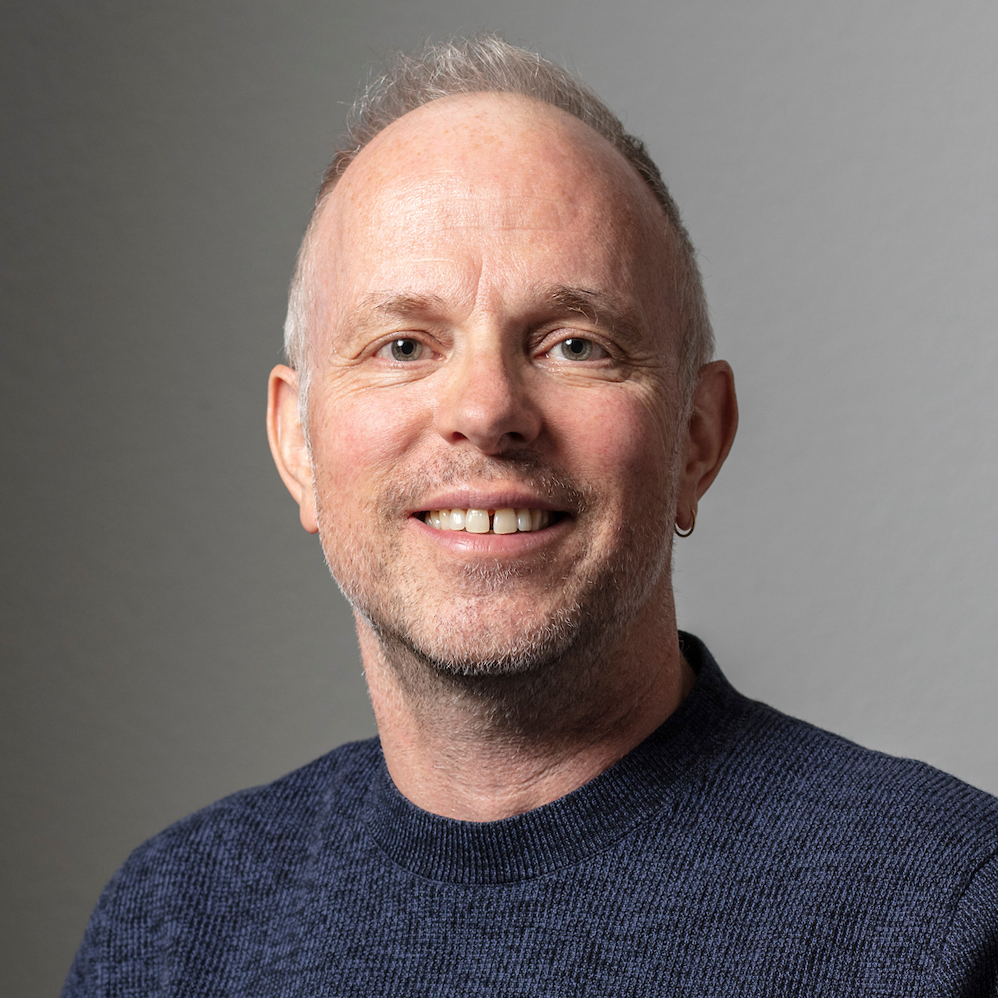Swiss look to improve nuclear emergency measures

Swiss authorities are prepared to react immediately to a nuclear power plant emergency. However, experts say a lot of work remains to be done when it comes to dealing with long-term contamination.
Fukushima was a wake-up call. After the disaster, many countries checked their emergency responses to emergency situations. In Switzerland, the task fell to the IDA NOMEX working group, comprising experts from various authorities.
Switzerland’s small size – it’s around nine times smaller than Japan – is a problem, according to intervention specialist Daniel Storch from the Federal Office of Public Health’s section on radiological risks.
As a result, urban resettlements are not so easy, he says. “We would be more preoccupied about how to decontaminate things than saying this part of Switzerland is out of bounds for the next few years or decades,” he told swissinfo.ch.
One particular problem is the capital Bern, which is only 13 kilometres from the Mühleberg power plant. The entire city is therefore within the so-called Zone 2, in which protective measures are necessary in the case of a serious malfunction.
“For the cabinet and the emergency staff there are a few compounds outside this zone,” Storch said. As for the general population and the federal administration, a decision would be taken “according to the situation” where they could be sent.
Long-term measures
Storch was also a member of IDA NOMEX, which in the middle of 2012 delivered its final report and passed supervision over to the federal emergency staff.
“Many tasks or activities had already been thought about beforehand. People knew they had to come up with mid- and long-term measures. But Fukushima certainly speeded up this work,” he said.
Storch added that although preparations for “time-critical” measures had already been formulated in great detail, there was a lack of corresponding concepts for the mid- or long-term.
He explained that the Federal Office for Public Health was responsible for health issues in an emergency response. Main issues include cleaning contaminated areas, economic consequences and protecting the population.
“The first thing would probably be ordering people to stay indoors. Depending on how much [radiation] is released, iodine pills would have to be taken. And if there’s enough time, an evacuation would be considered,” he said.
Zone 1: 3-5km
Zone 1 includes the area around a reactor which in the event of a serious accident can pose a danger to the population, and where protective measure are immediately required.
Zone 2: up to 20km
Zone 2 adjoins Zone 1 and includes the area in which a serious accident can pose a danger to the public, and where protective measures are required. It is divided into six danger sectors.
Zone 3: rest of Switzerland
Source: Federal Office for Energy
Key infrastructure at risk
But these plans don’t go far enough for environmental organisation Greenpeace.
“If something happens in Switzerland, the most central infrastructure could be destroyed,” Stefan Füglister, Greenpeace Switzerland’s nuclear expert, told swissinfo.ch.
“In no other country in the world is the administration [Bern] in Zone 2 and the economic centre [Zurich] on the edge of Zone 2.”
Füglister recently published a report, Two years after Fukushima – many insights, little action. He closely examined the work of IDA NOMEX and the authorities.
“Initial reaction in Switzerland was correct,” he said. “The cabinet decided to withdraw from nuclear power and parliament agreed.”
Also the Federal Nuclear Safety Inspectorate (ENSI) acted “relatively quickly” and found deficiencies in the nuclear power plants. According to Füglister, however, despite IDA NOMEX determining that improvements were necessary, these were put off.
“Disaster protection today in Switzerland is at a similarly unprepared level as in Japan two years ago, when Fukushima became a nightmare.”
Füglister says national safety doesn’t seem to be the top priority of the authorities or operators.
“Lessons have yet to be learnt from Fukushima in Switzerland to realise the planned withdrawal in safety and decency,” his report concludes.
Possible scenarios
“We are not unprepared,” countered Storch. “Certain concepts have always been worked out. It’s now a question of making the whole thing more comprehensive and complete.”
The working group has put forward 56 separate measures, he said. “The problem is that not all of these can be processed individually and in parallel.”
One group of topics for example involves the so-called reference scenarios for first measures that would be taken following a power plant accident. Here, the working group ascertained that in Fukushima more radioactive material managed to escape into the environment than had been accepted in previous scenarios.
Storch pointed out that various federal departments were currently working on concepts to adjust the corresponding legal bases.
This requires a certain amount of time, he said. “The government isn’t doing nothing. The measures have all been taken in hand. The federal emergency staff gathered and let the corresponding working groups work – whenever possible in parallel. One also tries to ensure that information travels well between those involved, so that this implementation by IDA NOMEX can be carried out as quickly as possible.”
The National Emergency Operations Centre (NEOC) is the federal centre of expertise for emergencies. One of its tasks is the management of incidents involving real or suspected increases in radioactivity, large-scale chemical accidents, overflowing or rupturing of dams, as well as risks related to both satellite re-entry and natural hazards.
In any event involving radioactivity, it is charged with ordering immediate measures to protect the population.
(Translated from German by Thomas Stephens)

In compliance with the JTI standards
More: SWI swissinfo.ch certified by the Journalism Trust Initiative










You can find an overview of ongoing debates with our journalists here . Please join us!
If you want to start a conversation about a topic raised in this article or want to report factual errors, email us at english@swissinfo.ch.